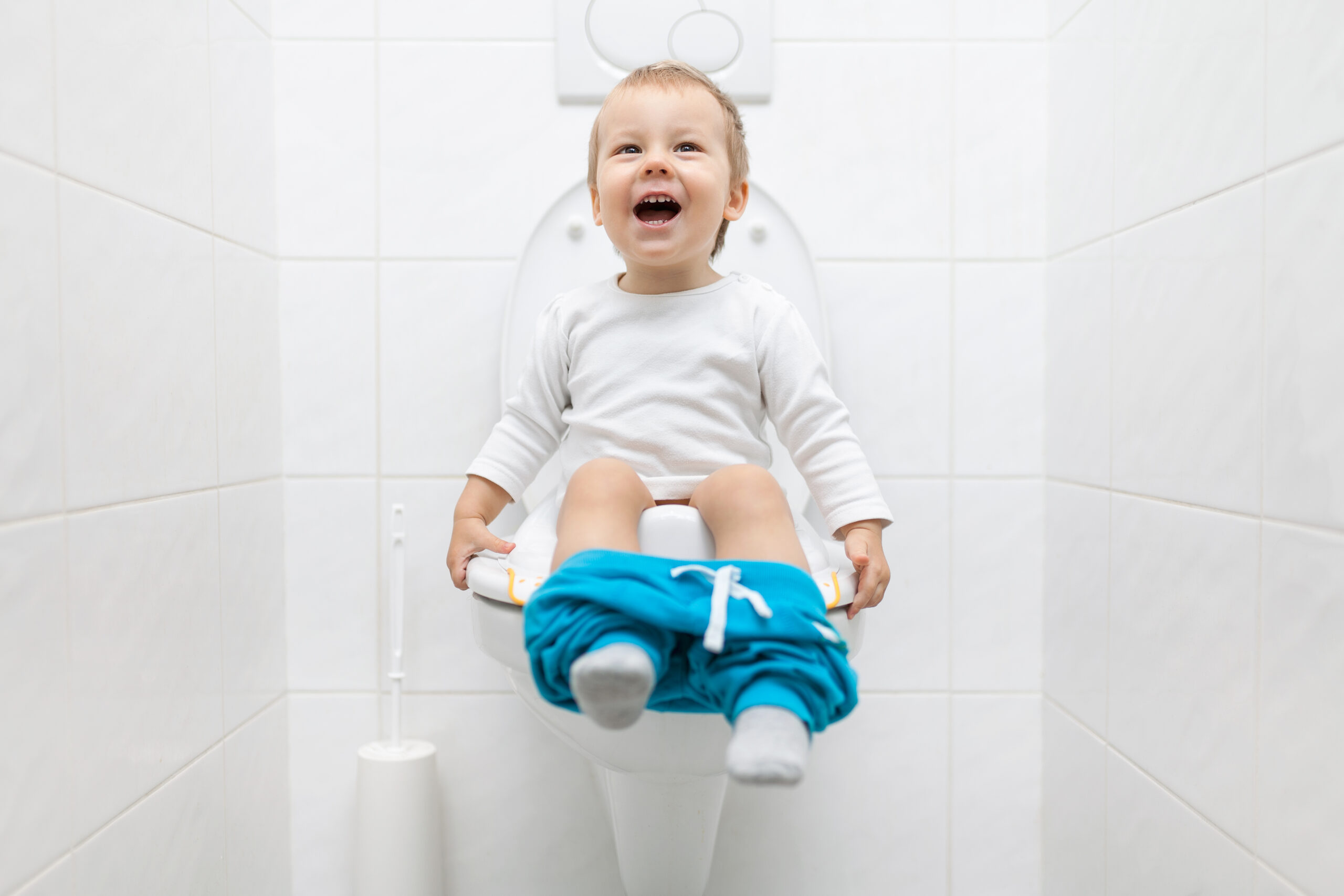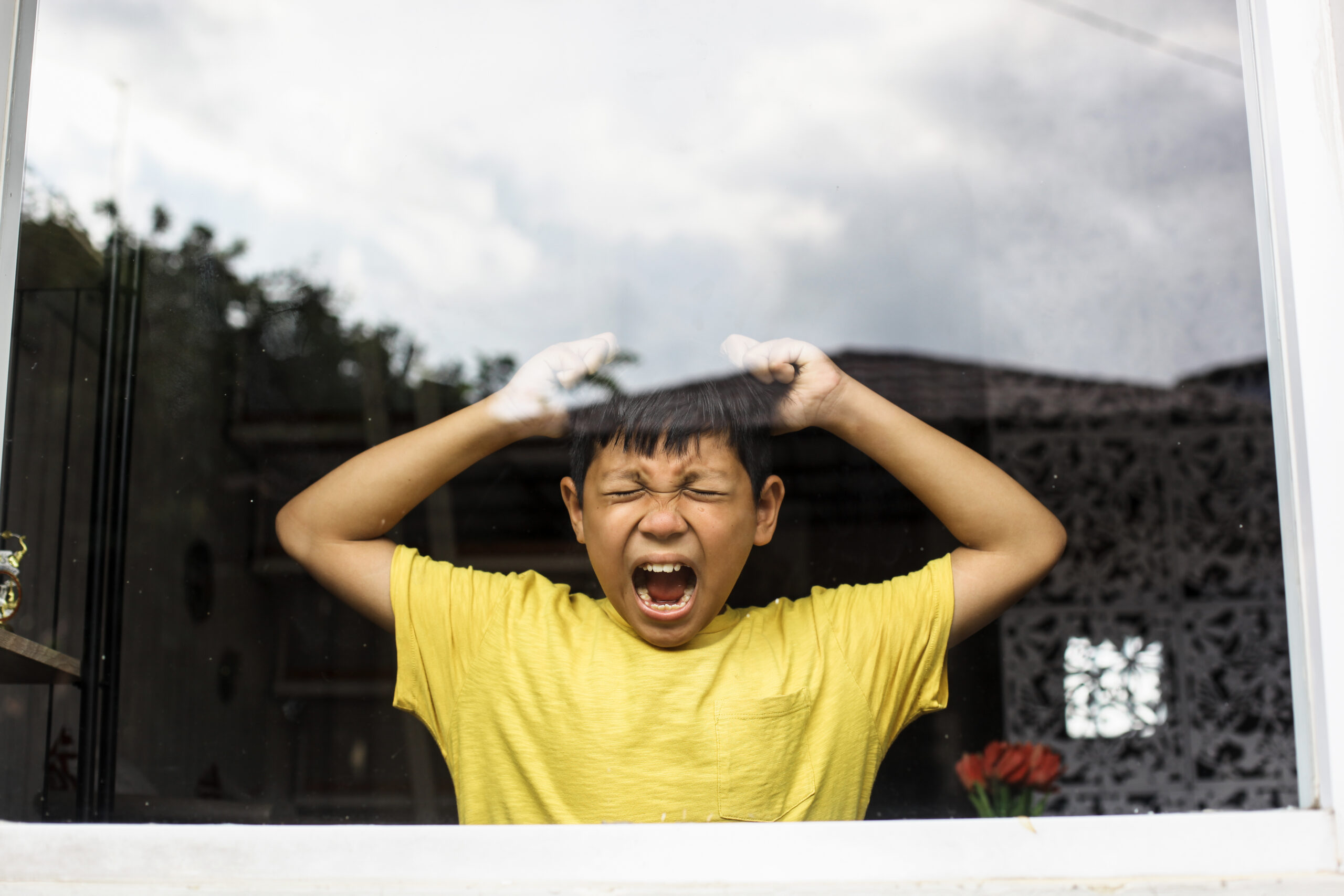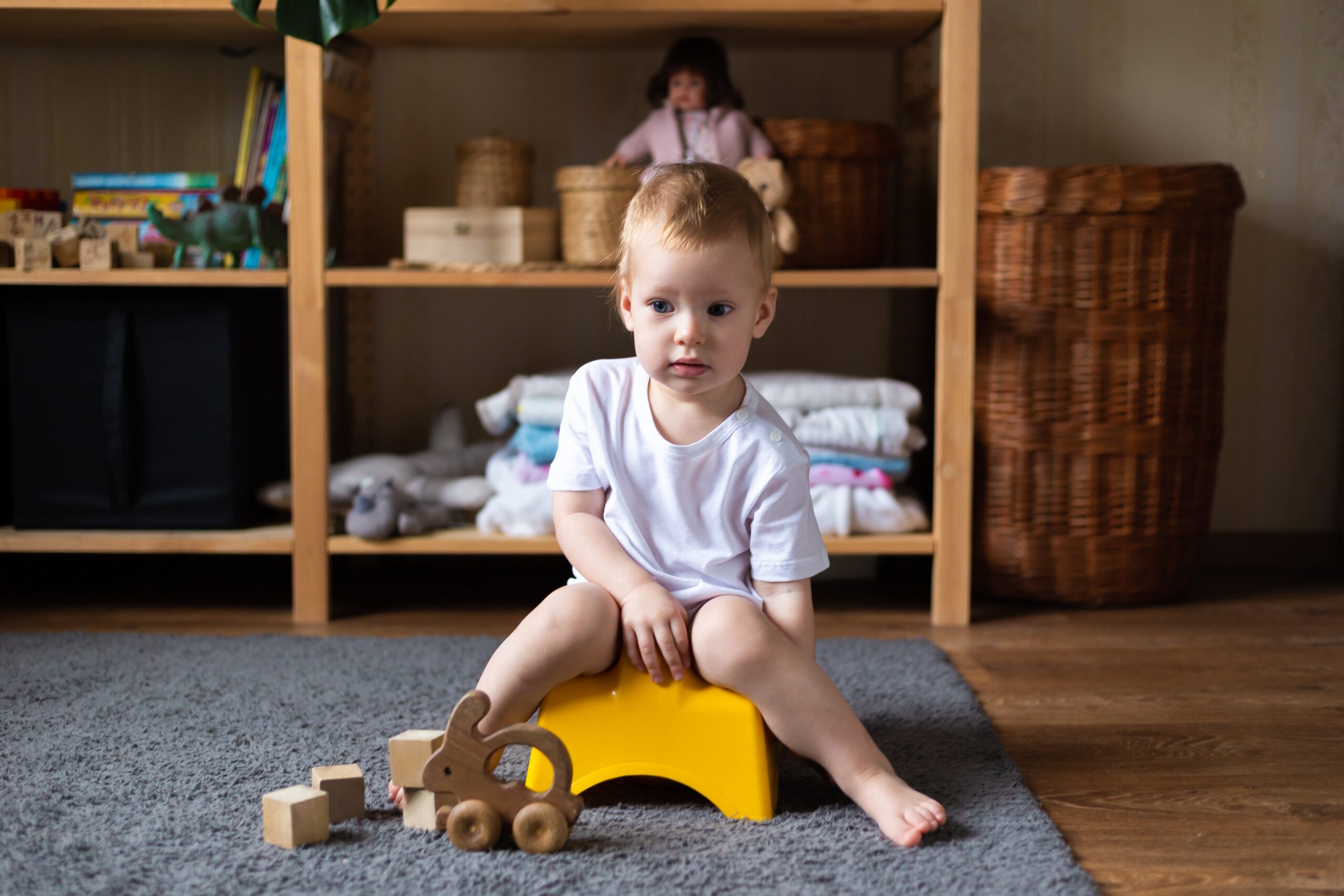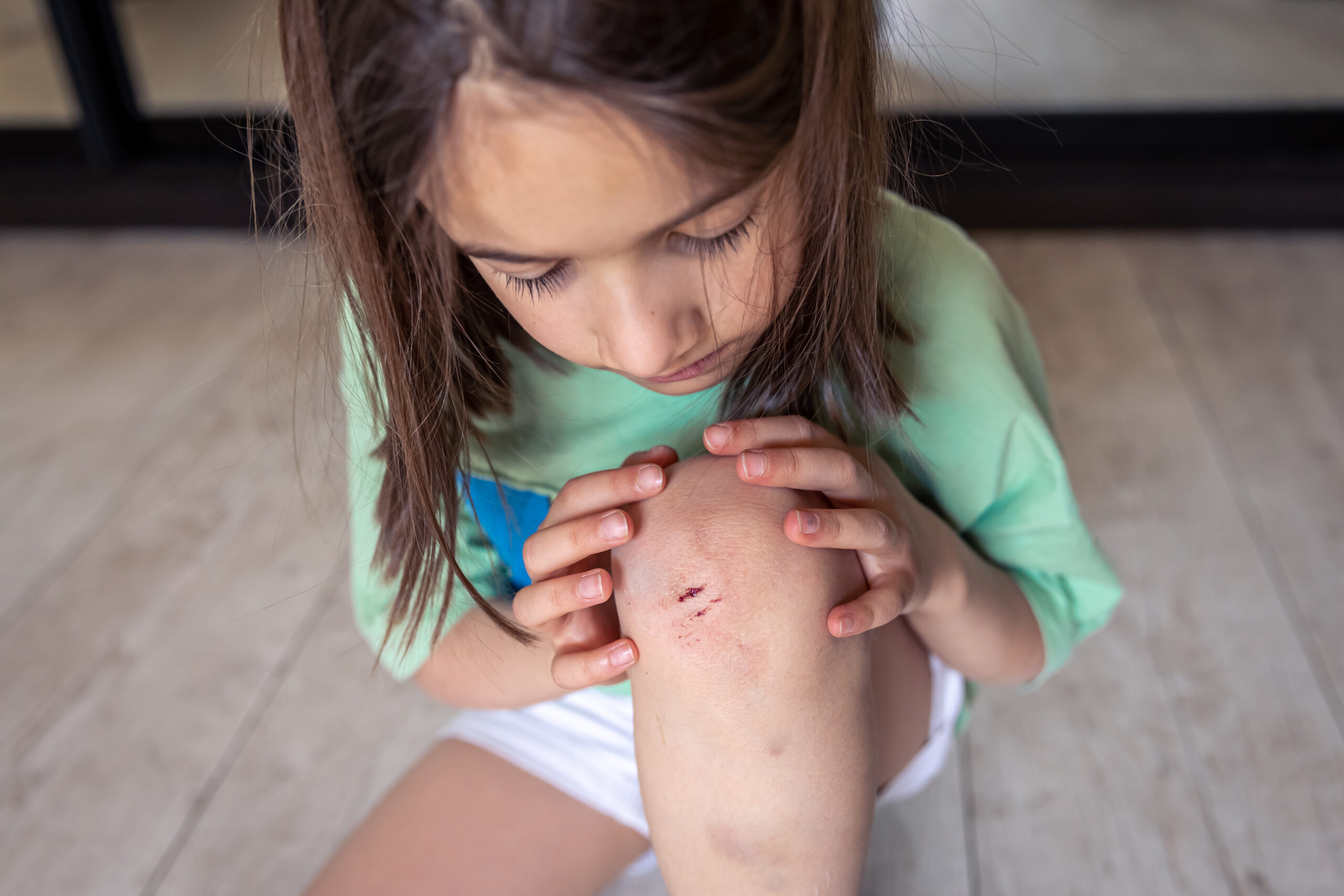How to Potty Train an Autistic Child
Potty training can be a challenging task for any child, and it can be even more complex when the child has autism spectrum disorder (ASD). However, with a patient and individualized approach, it is possible to successfully potty train an autistic child. It is important to note that every child is unique, and what works for one child may not work for another.
Start with Pre-Potty Training Preparations
To get prepared to potty train an autistic child, familiarize them with the bathroom environment. Allow the child to spend some time in the bathroom, explore the space, and become comfortable with it. Introduce the child to the toilet and show them how it works, including flushing and sitting on the seat. Create a structured schedule for bathroom breaks and gradually introduce the concept of using the toilet.
Use Visual Supports
Visual schedules can help the child understand and follow the steps involved in using the toilet. Use pictures or symbols to represent each step, such as pulling down pants, sitting on the toilet, wiping, and hand washing. Social stories, which are simple narratives that describe a specific situation or task in a clear and visual manner, can also be effective. Create a social story that illustrates the process of using the toilet and incorporate it into the child’s daily routine.
Identify Readiness Signs
Observe the child for signs of readiness before starting the potty training process. Look for signs such as discomfort with a wet or soiled diaper, the ability to follow simple instructions, or showing interest in the bathroom or toilet usage. Maintain a record of the child’s bathroom habits to identify patterns and establish a baseline for the potty training process. Note the time of bowel movements, wet diapers, and dry periods.
Introduce Toilet Training Gradually
Initially, encourage the child to sit on the toilet fully clothed to become familiar with the routine and the sensation of sitting on the seat. Use positive reinforcements, such as praise or small rewards, for each successful step. Once the child is comfortable sitting on the toilet with clothes on, gradually remove the diaper during specific times of the day when the child is more likely to have a bowel movement or is showing signs of needing to urinate. Use preferred activities, such as using an iPad, as a reward for sitting on the toilet for a designated period.
Reinforce Successful Attempts
Use verbal praise, rewards, or preferred activities as positive reinforcement for successful attempts at using the toilet. This can motivate the child to repeat the behavior. Implement a token system where the child earns tokens for successful toilet attempts and can later exchange them for a preferred reward. Adjust the reinforcement strategy based on the child’s preferences and what works best for them.
Address Sensory Challenges
Children with ASD may have sensory sensitivities that make the bathroom environment overwhelming or uncomfortable. Make modifications to address these challenges, such as using a softer toilet seat, providing non-irritating wipes, or adjusting the light and noise levels in the bathroom. Be mindful and observant of the child’s behavior in the bathroom before starting the potty training process.
Maintain Consistency and Patience
Establish a consistent toileting routine and maintain it as much as possible. Consistency helps the child understand expectations and reduces confusion. Remember that accidents will happen, and progress may be slow. Stay patient, remain calm during setbacks, and adjust the approach as needed to accommodate the child’s needs. Avoid overreacting when a child has an accident and instead guide them to the toilet in a natural, neutral tone. Make potty training a pleasant experience for the child, providing support and encouragement along the way.
In conclusion, to potty train an autistic child requires a patient and individualized approach. By following these steps and strategies, supported by scientific evidence and expert recommendations, you can increase the chances of successful potty training. Remember to celebrate each small success, provide plenty of support and encouragement, and be prepared for the process to take time and patience. Potty training is a developmental milestone that can be achieved with dedication and understanding, whether your child has ASD or not.
Also read: How to Develop Communication Skills in Autistic Children
About Olga Sirbu
My name is Olga Sirbu, I am a Board Certified Behavior Analyst (BCBA) and Licensed Applied Behavioral Analyst. My goal is to support and empower families and individuals on the autism spectrum.
Autism Advance is dedicated to training parents and caregivers, providing practical tips, and teaching individuals how to educate kids with autism.
I share evidence-based practices to help you better understand and support individuals with autism. Learn practical strategies to help individuals with autism reach their full potential, as well as gain a deeper understanding and acceptance of autism.
Thank you for considering Autism Advance as a resource for your autism journey.








